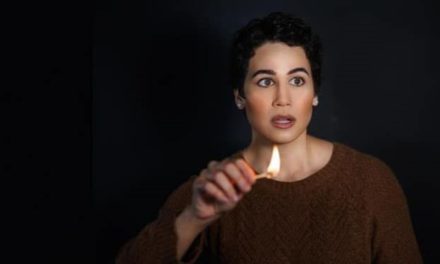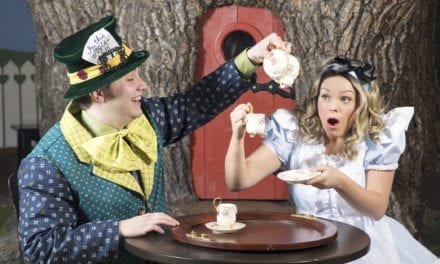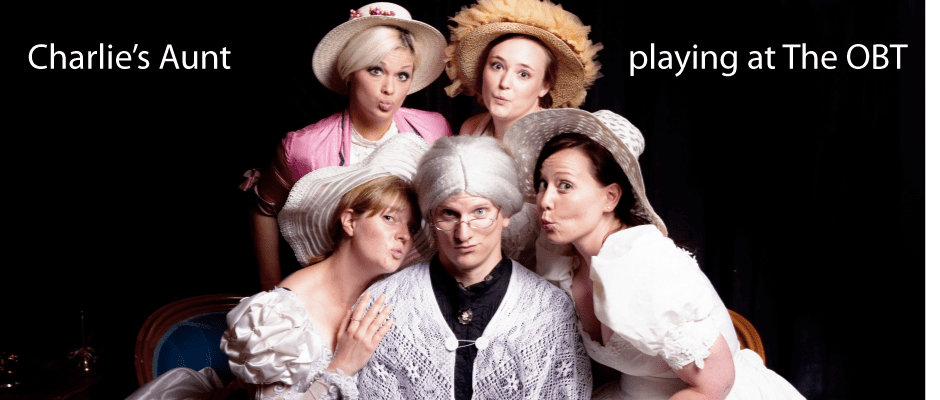NEW YORK — The new musical Redwood, co-conceived by Tina Landau and Idina Menzel, with a book by Tina Landau, music by Kate Diaz, and lyrics by Tina Landau and Kate Diaz, has just opened up this spring at the Nederlander Theatre, where Menzel made her Broadway debut in 1996 in Rent. With Landau in the director’s chair (also directing Floyd Collins, which I saw last night), who has been directing Broadway productions since 2001 and off-Broadway since 1996, I could not pass up the chance to live my high school dreams by witnessing a show steeped in theatrical history. It just posted its closing notice for May 18th.
The show follows Jesse, played by Menzel, as she copes with the death of her son Spencer, played by Zachary Noah Piser. The show is a masterclass in grief set against the backdrop of the Redwood forest. While my initial interest in the show was seeing Menzel herself and my intrigue with Landau’s work, the expressive arts and drama therapist in training in me latched on to the production in a way that a traditional audience member may not. While I can see why the commercially focused, industrial Broadway of today may not be the best place for a show like Redwood to survive, allow me to make the case for why the emotional healing journey that Redwood can and should be in the regional scene throughout the world.

Photo credits Matthew Murphy and Evan Zimmerman
Within the world of expressive arts therapy, we have four pillars of healing, and the production of Redwood encompasses those perfectly. The first of these is movement. Redwood embodies movement as Jesse explores her loss through trying to escape. In the opening number, “Drive”, Menzel shows so much raw emotion as she interacts with De’adre Aziza as her wife, Mel, and Piser as the memories of Spencer. Piser also steps into many other roles, showing strong insight by Landau of the effect of trauma on the mind and body, making us feel like we see our loss everywhere we go. This compels Jesse to keep moving until she finds herself in the Redwood forest, where she meets Finn, played by Michael Park, and Becca, played by Khaila Wilcoxon, scientists in California studying the Redwood trees. Menzel’s character learns to embrace movement through climbing and sees what expressive arts therapists know, that movement can be healing. One of the reasons that theatre can also be healing is the way that movement, choreography, and the connection of the pillars can be done in the safe space of the theater. While perhaps not meant to make the commercial ticket sales that Broadway needs, I found myself wishing I could send some of my clients to see what I was seeing as Menzel moved through the trees.

Photo credits Matthew Murphy and Evan Zimmerman
The next pillar of healing is sound. Within a musical, this pillar seems pretty straight forward. Of course, with a performer like Menzel, there is plenty of beautiful sound to be had. I want to point out a few elements where the healing of sound may be seen through a different lens than just a critics eyes. Music writer Kate Diaz also served as the voice of the trees, and the sound designer Jonathan Deans also made amazing soundscapes, from cars to forests to fires. While I am first and foremost a musician, especially when it comes to healing, sound is all around us, and paying attention to that sound comes in so many places, which leads right into the next pillar. Anyone who has spent time in nature after a loss understands the sounds that can heal. The sound design of this show brought that to life, and as a person who has been to 25 National Parks, feeling like I was in one in the middle of Manhattan inside a theatre was no small feat.
The next pillar is story-telling. Redwood really encompasses the storytelling of healing. Storytelling is more than just acting. It is the visuals and songs and everything in between. This is where the amazing video designs by Hana S. Kim come in. I felt like I was transported into the forest with Menzel. As she discovered her own reason to go on through tragedy, I felt like I could too, which is honestly why we go to the theatre. To learn and grow from one another’s stories. The music, the lighting, the set, the book, they all leaned into the tragedy in such a unique fashion. I can understand why this was not something that had the commercial or tourist success of Wicked (which I love) or Hadestown (which I also love). This is a much more deep and visceral exploration of trauma and trying to sit with others as they experience their own trauma. Which leads to the final pillar, silence.
Silence is an interesting pillar, because it is more of a witnessing, a feeling. Becca’s song “Little Redwood” was such a perfect representation of this near the beginning of the show, that it helped me realize just how therapeutic the production was going to be. As Wilcoxon’s impeccable voice penetrated the theatre speaking of reverence to the nature of the trees and the centuries of growth process, the silent reflection that can be felt in the audience is visceral. This tiny cast of five in just under two hours gave a master class in artistic therapeutic healing. While it is sad that it will close and less people will see it on the Nederlander stage, I hope the rights will be made available for regional productions to also share in the therapy. Menzel recently was quoted saying this was her proudest professional accomplishment. That is what healing can do. It is not about the accolades, the fame, the praise. It is about the connections that heal.

Photo credits Matthew Murphy and Evan Zimmerman





